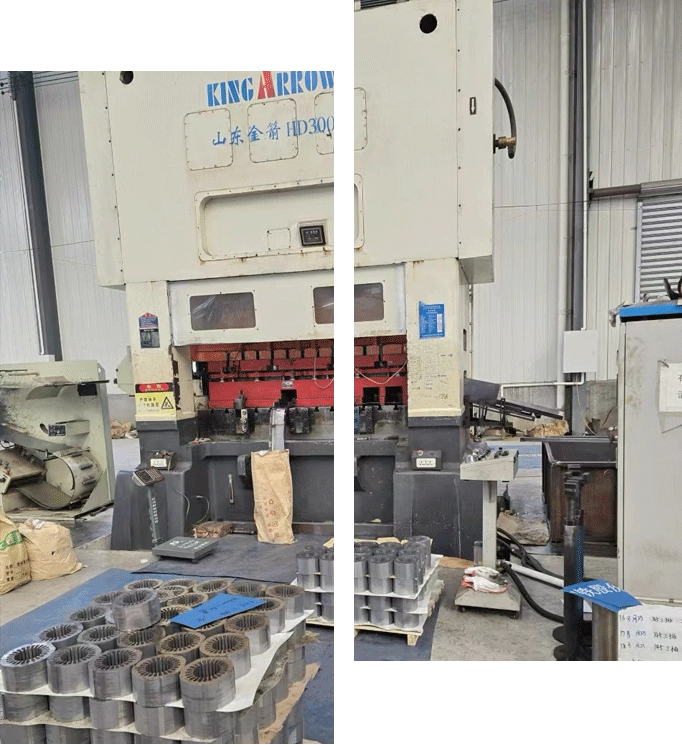Aug . 19, 2024 18:13 Back to list
Water-Filled vs Oil-Filled Submersible Pumps Understanding the Key Differences
Submersible Pump Water-Filled vs. Oil-Filled
Submersible pumps play a crucial role in various applications, from dewatering construction sites to residential water supply systems. Understanding the differences between water-filled and oil-filled submersible pumps is essential for selecting the right type for specific needs. Each type of pump has its own advantages, disadvantages, and operational characteristics that cater to varying requirements.
Water-Filled Submersible Pumps
Water-filled submersible pumps, as the name suggests, are filled with water for cooling and lubrication. These pumps are often designed for lower power applications and are primarily used in residential or light industrial settings. The benefits of using water-filled pumps include
1. Simplicity and Cost-Effectiveness Water-filled pumps are generally simpler in design and less expensive compared to their oil-filled counterparts. This makes them an attractive option for homeowners or small businesses on a budget.
2. Environmentally Friendly Since water is used as the filling medium, there’s no risk of oil leakage. This characteristic is especially important in environmentally sensitive areas where contamination must be avoided.
3. Ease of Maintenance Water-filled pumps tend to require less maintenance compared to oil-filled pumps. This is due to their simpler construction and lower susceptibility to overheating, as the water helps in dissipating heat effectively.
However, water-filled pumps are not without drawbacks. Their cooling mechanism relies heavily on the surrounding water, which means they are best suited for submerged operations. Additionally, in colder regions, there is a risk of water freezing, which can lead to pump failure.
submersible pump water filled vs oil filled

Oil-Filled Submersible Pumps
In contrast, oil-filled submersible pumps are designed with oil to provide lubrication and cooling. These pumps are typically used in heavy-duty applications, such as groundwater extraction, wastewater management, and deeper well systems. The advantages of oil-filled pumps include
1. Enhanced Cooling and Performance The oil used in these pumps can handle higher operational temperatures and aids in efficient cooling. This allows oil-filled pumps to operate effectively in more demanding conditions and at greater depths.
2. Longevity and Durability Oil-filmed systems often have a longer service life. The oil acts as a barrier that reduces wear and tear on mechanical components, increasing the intervals between maintenance.
3. Robustness in Harsh Conditions Oil-filled pumps are designed to withstand harsher environments, making them suitable for industrial applications. They are less likely to fail in extreme temperatures or challenging conditions compared to water-filled pumps.
Despite their advantages, oil-filled pumps do pose certain challenges. The primary concern is the risk of oil leakage, which can pose environmental hazards. Additionally, oil-filled pumps are generally more expensive, both in terms of initial investment and maintenance costs.
Conclusion
In deciding between water-filled and oil-filled submersible pumps, several factors should be considered. Water-filled pumps are ideal for residential or light industrial applications where budget constraints and environmental safety are paramount. On the other hand, oil-filled pumps excel in demanding conditions and offer greater durability and efficiency for industrial applications. Ultimately, the choice between the two will depend on the specific requirements of the project, including operational environment, budget, and maintenance capabilities. Understanding these differences will ensure that the right pump is selected, optimizing performance and longevity in its intended application.
-
Submersible Water Pump: The Efficient 'Power Pioneer' of the Underwater World
NewsJul.01,2025
-
Submersible Pond Pump: The Hidden Guardian of Water Landscape Ecology
NewsJul.01,2025
-
Stainless Well Pump: A Reliable and Durable Pumping Main Force
NewsJul.01,2025
-
Stainless Steel Submersible Pump: An Efficient and Versatile Tool for Underwater Operations
NewsJul.01,2025
-
Deep Well Submersible Pump: An Efficient 'Sucker' of Groundwater Sources
NewsJul.01,2025
-
Deep Water Well Pump: An Efficient 'Sucker' of Groundwater Sources
NewsJul.01,2025
-
 Submersible Water Pump: The Efficient 'Power Pioneer' of the Underwater WorldIn the field of hydraulic equipment, the Submersible Water Pump has become the core equipment for underwater operations and water resource transportation due to its unique design and excellent performance.Detail
Submersible Water Pump: The Efficient 'Power Pioneer' of the Underwater WorldIn the field of hydraulic equipment, the Submersible Water Pump has become the core equipment for underwater operations and water resource transportation due to its unique design and excellent performance.Detail -
 Submersible Pond Pump: The Hidden Guardian of Water Landscape EcologyIn courtyard landscapes, ecological ponds, and even small-scale water conservancy projects, there is a silent yet indispensable equipment - the Submersible Pond Pump.Detail
Submersible Pond Pump: The Hidden Guardian of Water Landscape EcologyIn courtyard landscapes, ecological ponds, and even small-scale water conservancy projects, there is a silent yet indispensable equipment - the Submersible Pond Pump.Detail -
 Stainless Well Pump: A Reliable and Durable Pumping Main ForceIn the field of water resource transportation, Stainless Well Pump has become the core equipment for various pumping scenarios with its excellent performance and reliable quality.Detail
Stainless Well Pump: A Reliable and Durable Pumping Main ForceIn the field of water resource transportation, Stainless Well Pump has become the core equipment for various pumping scenarios with its excellent performance and reliable quality.Detail
